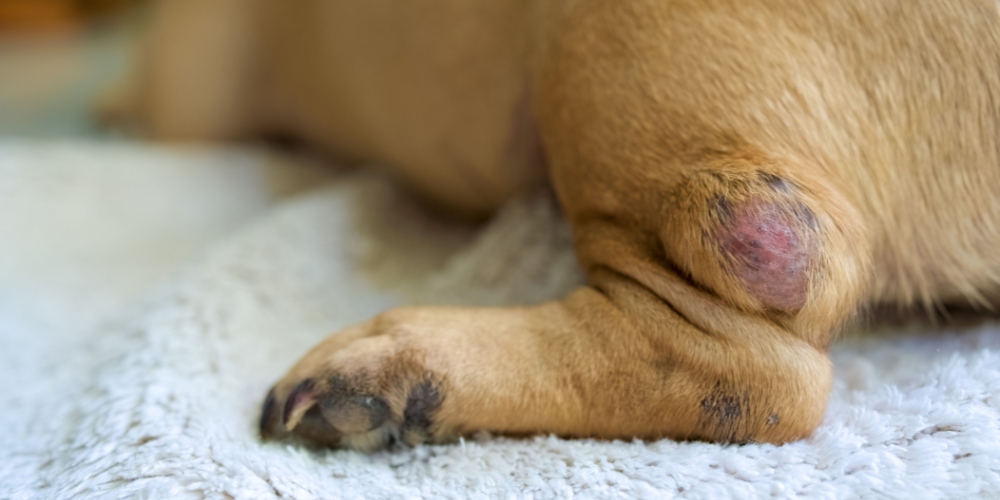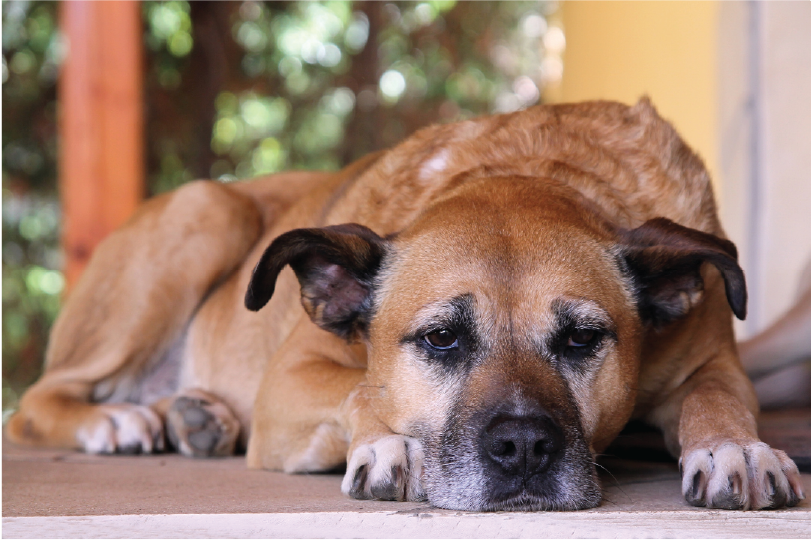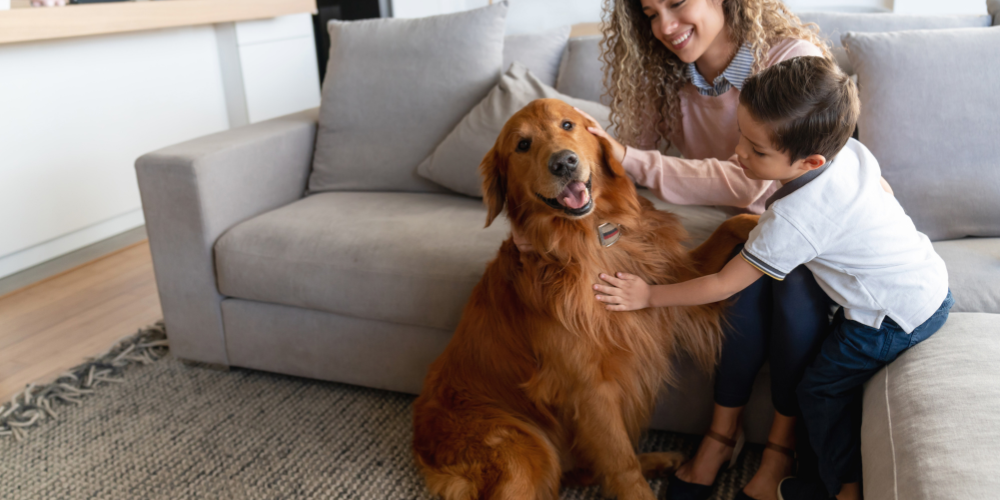
As our beloved dogs grow older, it’s common for them to develop lumps and bumps. While these can be concerning for any pet parent, understanding what they are and why they occur can help you make informed decisions about your dog’s health. In this blog, we’ll explore why dogs get lumps as they age, whether cancerous lumps are hard or soft, and what steps to take if you find a lump. Let’s delve into the world of our furry friends’ lumps and bumps.
Why Do Dogs Get Lumps as They Get Older?
Just like humans, dogs' bodies change as they age. One of the more noticeable changes is the appearance of lumps and bumps. These can be caused by various factors:
Fatty Tumours (Lipomas): These are the most common type of lumps in older dogs. They are benign (non-cancerous) and composed of fat cells. Lipomas are usually soft, movable under the skin, and not painful. They typically don't pose any health risks, but their size and location can sometimes cause discomfort or mobility issues.
Sebaceous Cysts: These are blocked oil glands that can swell up and form lumps. They are generally harmless and can sometimes rupture on their own, releasing a thick, white substance. While they may not be dangerous, it's essential to keep an eye on them to prevent infections.
Infections and Abscesses: Lumps can also form due to infections or abscesses, which are pockets of pus caused by bacterial infections. These lumps can be painful, red, and warm to the touch. They often require veterinary attention to drain the pus and treat the infection with antibiotics. Find out more about abscesses.
Fibromas: These are benign tumours that develop from fibrous connective tissues. Fibromas are usually firm and well-defined, growing slowly over time. They are generally not harmful but can be removed if they cause discomfort or interfere with your dog's movement. Information on fibromas.
Haemangiomas: These benign tumours originate from blood vessels. They can appear as raised, red or purple lumps on the skin. Although haemangiomas are typically non-cancerous, they should be monitored for changes in size or colour, as they can occasionally become malignant.
Types of Lumps and Their Characteristics
Understanding the different types of lumps and their characteristics can help you identify them more easily.
Benign Lumps: These lumps are non-cancerous and generally not life-threatening. They include lipomas, sebaceous cysts, fibromas, and haemangiomas. Benign lumps tend to grow slowly and are often soft or movable under the skin.
Malignant Lumps: These are cancerous lumps that can spread to other parts of the body. They often grow rapidly, are firm or hard to the touch, and may have irregular shapes. Early detection and treatment are crucial for the best outcomes. Read more about common tumours in dogs.
Are Cancer Lumps on Dogs Hard or Soft?
One of the biggest concerns for dog owners is whether a lump could be cancerous. Cancerous lumps can vary in texture, and it's crucial to understand the characteristics:
Hard Lumps: Many cancerous lumps tend to be firm or hard to the touch. They often grow rapidly and may attach to underlying tissues, making them less movable. Hard lumps can be indicative of various types of cancer, including mast cell tumours, which are common in dogs.
Soft Lumps: Not all cancerous lumps are hard. Some can be soft or have a mix of textures. Soft lumps can be tricky as they might feel similar to benign lumps like lipomas. The key difference is that cancerous lumps often grow faster and can change shape or texture over time.
Irregular Shapes: Cancerous lumps are more likely to have irregular shapes and borders. They can sometimes ulcerate or bleed, which is a sign that they need immediate veterinary attention.
Read our blog for more information about cancer in pets.
When to See the Vet
It's important to know when to seek veterinary advice if you discover a lump on your dog. Here are some signs that warrant a vet visit:
Rapid Growth: If a lump grows quickly, it should be checked by a vet.
Changes in Appearance: Any changes in size, shape, or texture should be monitored and evaluated.
Pain or Discomfort: If the lump causes pain, discomfort, or limits your dog's mobility, it's time to see the vet.
Ulceration or Bleeding: Lumps that ulcerate or bleed require immediate veterinary attention.
What to Do If You Find a Lump
If you discover a lump on your dog, it’s essential to take the following steps:
Monitor the Lump: Keep an eye on the lump for changes in size, shape, or texture. Note if it becomes painful, red, or warm to the touch.
Consult Your Vet: Schedule a veterinary appointment to get the lump checked. Your vet may perform a fine needle aspiration (FNA) or a biopsy to determine the nature of the lump.
Follow Your Vet’s Advice: Based on the diagnosis, follow your vet’s recommendations for treatment or monitoring. In some cases, benign lumps may simply require observation, while others might need surgical removal or further testing.
Summary
Lumps and bumps on dogs, especially as they age, can be a common occurrence. While many are benign and harmless, it’s crucial to monitor them and seek veterinary advice to rule out any serious conditions. By understanding why these lumps form and recognising the signs of potential cancerous growths, you can ensure your furry friend receives the best care possible. Regular check-ups and prompt action when discovering new lumps can make a significant difference in your dog’s health and well-being.


